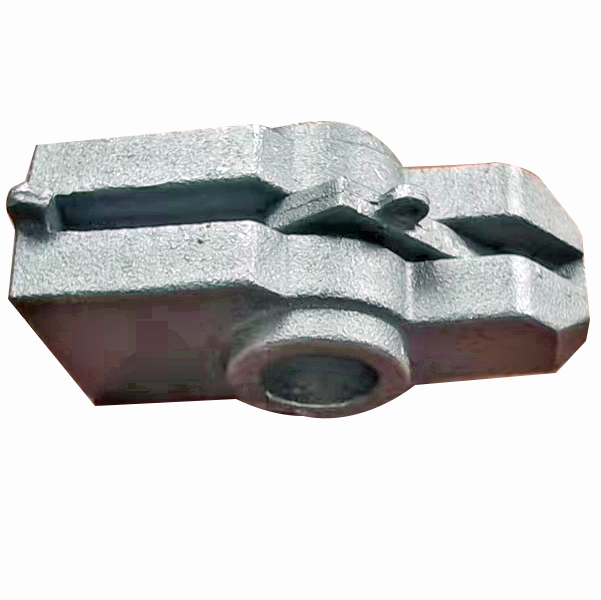- Afrikaans
- Albanian
- Amharic
- Arabic
- Armenian
- Azerbaijani
- Basque
- Belarusian
- Bengali
- Bosnian
- Bulgarian
- Catalan
- Cebuano
- China
- China (Taiwan)
- Corsican
- Croatian
- Czech
- Danish
- Dutch
- English
- Esperanto
- Estonian
- Finnish
- French
- Frisian
- Galician
- Georgian
- German
- Greek
- Gujarati
- Haitian Creole
- hausa
- hawaiian
- Hebrew
- Hindi
- Miao
- Hungarian
- Icelandic
- igbo
- Indonesian
- irish
- Italian
- Japanese
- Javanese
- Kannada
- kazakh
- Khmer
- Rwandese
- Korean
- Kurdish
- Kyrgyz
- Lao
- Latin
- Latvian
- Lithuanian
- Luxembourgish
- Macedonian
- Malgashi
- Malay
- Malayalam
- Maltese
- Maori
- Marathi
- Mongolian
- Myanmar
- Nepali
- Norwegian
- Norwegian
- Occitan
- Pashto
- Persian
- Polish
- Portuguese
- Punjabi
- Romanian
- Russian
- Samoan
- Scottish Gaelic
- Serbian
- Sesotho
- Shona
- Sindhi
- Sinhala
- Slovak
- Slovenian
- Somali
- Spanish
- Sundanese
- Swahili
- Swedish
- Tagalog
- Tajik
- Tamil
- Tatar
- Telugu
- Thai
- Turkish
- Turkmen
- Ukrainian
- Urdu
- Uighur
- Uzbek
- Vietnamese
- Welsh
- Bantu
- Yiddish
- Yoruba
- Zulu
Nov . 29, 2024 10:02 Back to list
Exporting Shell Mold Casting Solutions for Enhanced Manufacturing Efficiency and Quality
Shell Mold Casting An Overview for Exporters
Shell mold casting is a highly efficient and versatile manufacturing process that is gaining traction among exporters in the metalworking industry. This method, which uses a thin shell of sand and resin to form the mold, offers several advantages over traditional sand casting, making it an attractive option for producing complex and high-precision metal parts.
The Process of Shell Mold Casting
The shell mold casting process begins with creating a pattern, typically made of metal, that is heated to a specific temperature. The heated pattern is then coated with a mixture of fine sand and thermosetting resin, which adheres to the surface due to the heat. This mixture forms a hardened shell around the pattern as it cures. Once the shell reaches the desired thickness, it is stripped from the pattern, and two halves of the mold are assembled to form a complete cavity for casting.
The next step involves pouring molten metal into the mold. After allowing the metal to cool and solidify, the shell mold is broken, and the finished casting is removed. This process allows for a high degree of detail and accuracy, making it suitable for various applications in industries such as automotive, aerospace, and machinery.
Advantages of Shell Mold Casting
One of the primary benefits of shell mold casting is its ability to produce high-precision components with excellent surface finishes. The fine sand used in the process allows for intricate designs and complex geometries to be replicated with minimal discrepancies. Additionally, the molds can withstand high temperatures, making them suitable for casting a wide range of metal alloys, including aluminum, steel, and iron.
Another key advantage is the efficiency of the process. The quick setup time for producing molds and the rapid cooling of the molten metal lead to shorter production cycles. This efficiency is particularly beneficial for exporters seeking to meet tight deadlines and fulfill large orders. The reduced need for post-processing also helps lower overall production costs, which can be an attractive selling point in competitive markets.
shell mold casting exporter

Exporting Shell Mold Castings
For companies looking to export shell mold castings, understanding market demand is crucial. Many industries in regions such as North America, Europe, and Asia are increasingly relying on precision-engineered components. By leveraging the advantages of shell mold casting, exporters can position themselves as providers of high-quality products that meet stringent industry standards.
In addition to quality, maintaining compliance with international regulations and standards is essential for successful exports. This may include adhering to ISO certifications, CE marking in Europe, or other country-specific regulations. By ensuring that their products meet these requirements, exporters can build trust and credibility with potential buyers.
Challenges and Considerations
While shell mold casting presents numerous advantages, there are challenges that exporters must navigate. The initial setup costs for molds can be significant, especially for small-scale orders. This factor is often a barrier for businesses that have limited capital or those entering the market for the first time.
Additionally, the complexity of the supply chain and logistics in international trade requires careful planning. Exporters must ensure that the transportation of castings, which may involve fragile or heavy components, is managed effectively to minimize damage and delays.
Conclusion
Shell mold casting is a promising method for producing high-quality metal components that meets the demanding needs of various industries. With its numerous advantages, including efficiency, precision, and the ability to produce complex shapes, this method holds significant potential for exporters. By understanding market demands, ensuring compliance with regulations, and addressing logistical challenges, businesses can effectively tap into the growing global market for shell mold castings, thereby enhancing their competitiveness and profitability in the international arena. As the demand for precision-engineered components continues to rise, shell mold casting could very well be a key player in the future of manufacturing exports.
-
8mm Thin-Walled Cast Steel Manhole Cover Pallet Bottom Ring | Durable
NewsAug.04,2025
-
Premium Cast Iron Water Main Pipe: Durable, Corrosion-Resistant
NewsAug.03,2025
-
Durable Cast Iron Water Mains | AI-Optimized Systems
NewsAug.02,2025
-
High-Efficiency Propane Boiler for Baseboard Heat | Save Energy
NewsAug.01,2025
-
Premium Source Suppliers for Various Gray Iron Castings
NewsJul.31,2025
-
Durable Cast Iron Water Main Pipes | Long-Lasting
NewsJul.31,2025


